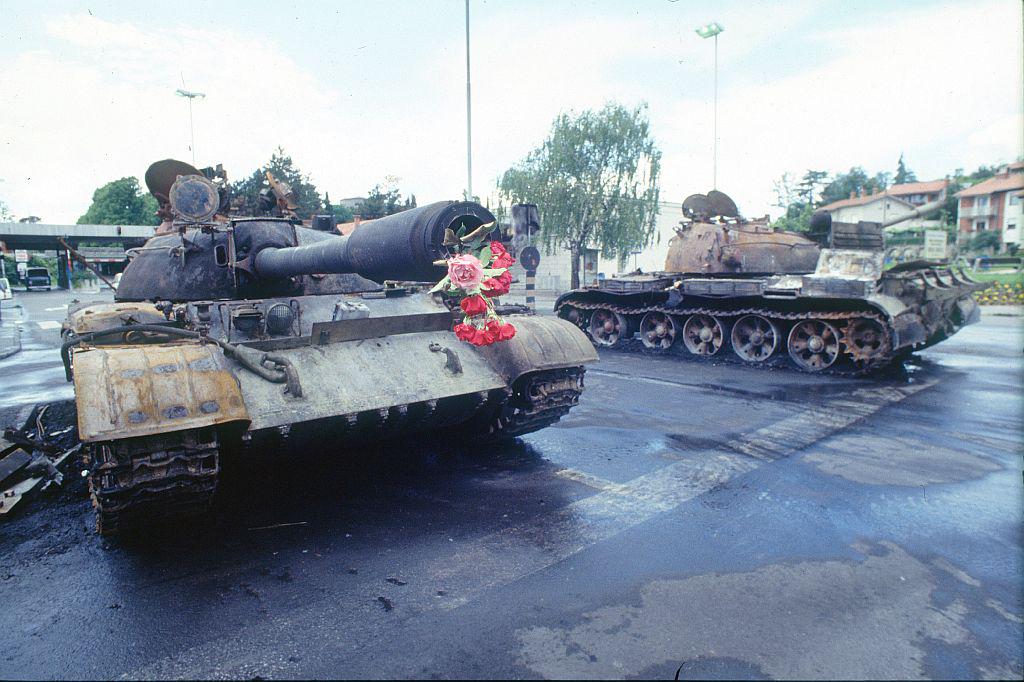
Srdjan Živulović or Žiga, as his fellow journalists and photographers call him, has recently become more widely known to the public as the first Slovenian to win the Pulitzer Prize. Since 1991 Živulović is part of the Reuters team of photographers, who won the prize for their photo series of the Balkan migrant route, documenting the events on the trail from Greece to Germany.
Živulović first came into contact with photography at the age of 13, when his father bought him his first camera for New Year's, and he "hasn't let go of it since then". "I became fully enthralled with photography at Delo newspaper, where I worked as an intern in high school," Žiga describes his early career. He was employed by Delo soon after and worked for it until founding his own photo agency called BoBo after Slovenia became independent. At the same time, he started cooperating with Reuters, through which his photos make it onto the pages of media across the globe.
Driving 4 foreign colleagues all over Slovenia during the 10-day war
Živulović also worked as Delo's photo reporter during the war of independence, when he and his colleagues from abroad "chased" the images and stories of war from one military post to the other, from border crossings to active battle zones. He now looks back on these events with a smile on his face, energetically re-telling an anecdote from those 10 days, during the war for Slovenia's independence: "I had photo reporters of Reuters, AP and Sigma in my car as well as Politika's photographer. I drove them around Slovenia day after day, we made 500 kilometres a day. We had known one another from before, when I travelled throughout Yugoslavia for work. We spent quite some time together in Kosovo, for example. We were called the 'Yugoslav Pack'."
Getting to the location at all cost
He still remembers how the war of independence began. "When I came to work in the early morning, I heard that the name boards at Krvavi Potok were being replaced. So me and my driver – we weren't allowed to drive on our own then – sat in the car and went," Živulović describes the day of 26th June, 25 years ago. "When we got there, the boys were still changing the boards. Then I overheard a police officer talking over a walkie-talkie that tanks had set off from Pivka, and are headed towards Lipica. Wow, I said, let's go there!"
Tanja Kozorog Blatnik, MMC; translated by K. Z.

































































